“The only constant in life is change”, this saying stands true even for search engines as Google broke its long-standing ‘pagination’ tradition and introduced continuous scrolling in smartphones in 2021.
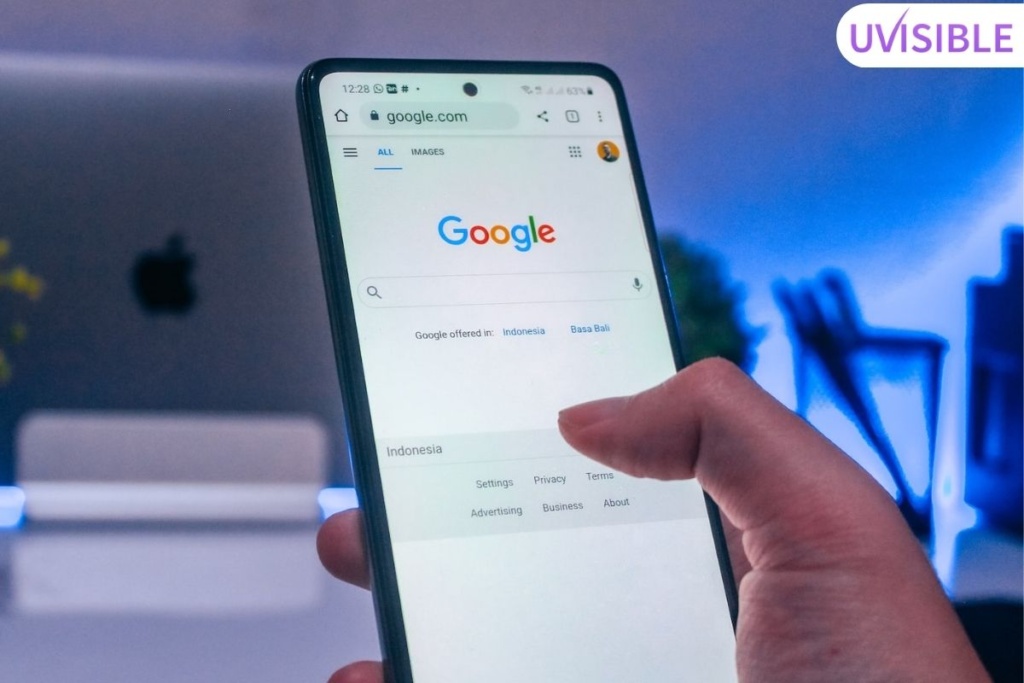
Soon, they followed the same footsteps into the realm of ‘Desktop’ or ‘PCs’ where in December 2022 in the US they launched continuous scrolling for the same.
Now, the introduction of continuous scroll holds its merits for the users, as the desktop version of Google Chrome may automatically load and show new pages as the user scrolls down a page.
However, users shouldn’t confuse continuous scrolling with infinite scrolling as the information present with Google is finite.
Instead, continuous scrolling makes it simple to examine up to a limited number of pages of results, after which you will notice a “See more” option if you choose to browse further.
Google while making an announcement about it on its Twitter handle also wrote, “You’ll now be able to see up to six pages of results.”
When finished, a display ‘buffering’ signal will appear on the search results page, which is likely faster than locating the next link and clicking it.
Now another pertinent question which stares right in our faces, especially those who are part of is ‘How does continuous scroll affect SEO?’
Search Engine Optimization (SEO) to be simply put is a set of tactics and strategies aimed at increasing the visibility and ranking of a website or web page in search engine results pages (SERPs).
Now, if you have carefully noticed the primary purpose of SEO is to rank a website or webpage at the top of the SERP.
If all the websites or webpages constitute one single page then the primal objective of SEO would not only be defeated but this entire marketing strategy will turn out to be redundant.
Though, Google in one of its tweets clearly stated, “Continuous scroll also does not change how to position reporting works in Search Console. Positions reporting remains as if pages weren’t automatically loaded.”
Continuous Scroll and SEO!
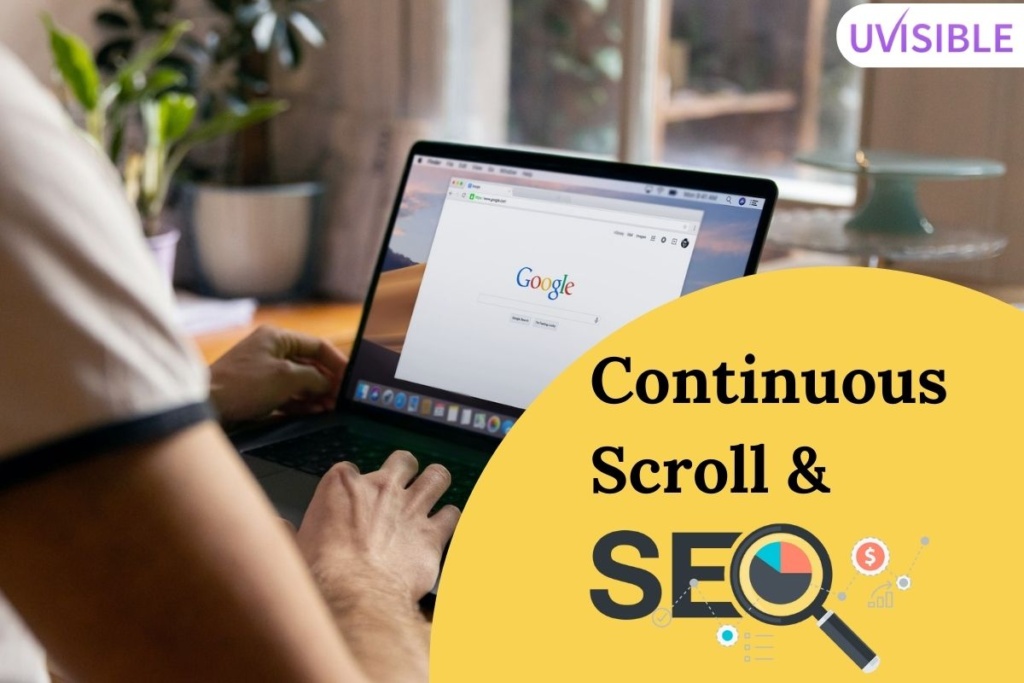
We all know continuous scrolling is not a new phenomenon, it was first introduced in smartphones in October 2021 in the USA.
Since then, it has raised tremendous curiosity among users, especially SEO professionals, in terms of its effects on search engine results pages, and whether it will lead to a rise or decrease in exposure and engagement.
5 Ways through which Continuous Scrolling can affect SEO:
Decrease in CTR
The click-through rate (CTR) is nothing but a statistic that divides the number of times a link or call-to-action (CTA) is seen or presented by the number of times the link or CTA was viewed or shown.
Recent data on Google’s SERP reveals that the #1 ranked webpage or website gets a CTR of more than 39%, whereas the #2 ranked gets a CTR of less than 20%.
So, one thing that is quite evident after the implementation of continuous scrolling is the decrease in CTR for page one results.
Earlier users used to be lazy and refrain from visiting pages 2 or 3 of the search results, as it required them to click the next page button.
But, with this feature, users will no longer have to click the next page button, as the process has become quite seamless.
People are more inclined to examine their alternatives when they are presented in a format that mimics or takes them into an enticing matrix of social media posts.
People’s click-through rates (CTRs) for first-page results may decline over time as they become accustomed to scrolling. But if you’re still on page two, it’s not quite a time to pop the champagne.
Page 2 could Suddenly be your Dark Horse!
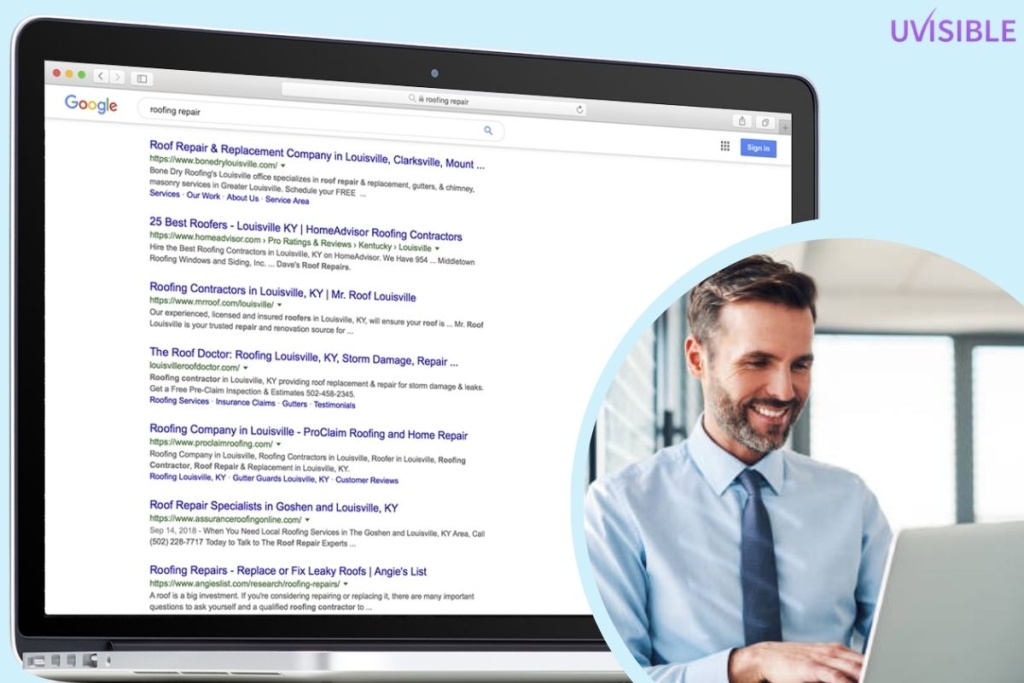
Well, loss for one is gain for another seems apposite regarding the continuous scrolling as more individuals will now have time to visit more pages as their experience is laid out in a continuous scroll format.
The only challenge is that by encouraging them to keep scrolling, you risk them not stopping on page 2, rather at any page to be precise, of the results but rather continuing to investigate other possibilities.
Pages that make it to the second page of the results may receive more clicks.
Before the advent of continuous scrolling, just 0.78% of searches get past the first page to click on a result. Page 2 results, however, after this phenomenon will share the same space with page 1 results.
Greater and More Rewarding Outcomes
Social media runs quite high through its visual elements especially, its images and videos as they are quite enticing and habit-forming.
Similarly, Google’s form of “rich results” includes the elements such as images, videos, featured snippets, visual stories, short videos, frequently asked questions, people also ask, and more.
We need to come to terms with the fact that Google’s continuous scrolling is more from a user experience point of view rather than from an SEO point of view.
Game, Set, and Match to Zero-Click Searches
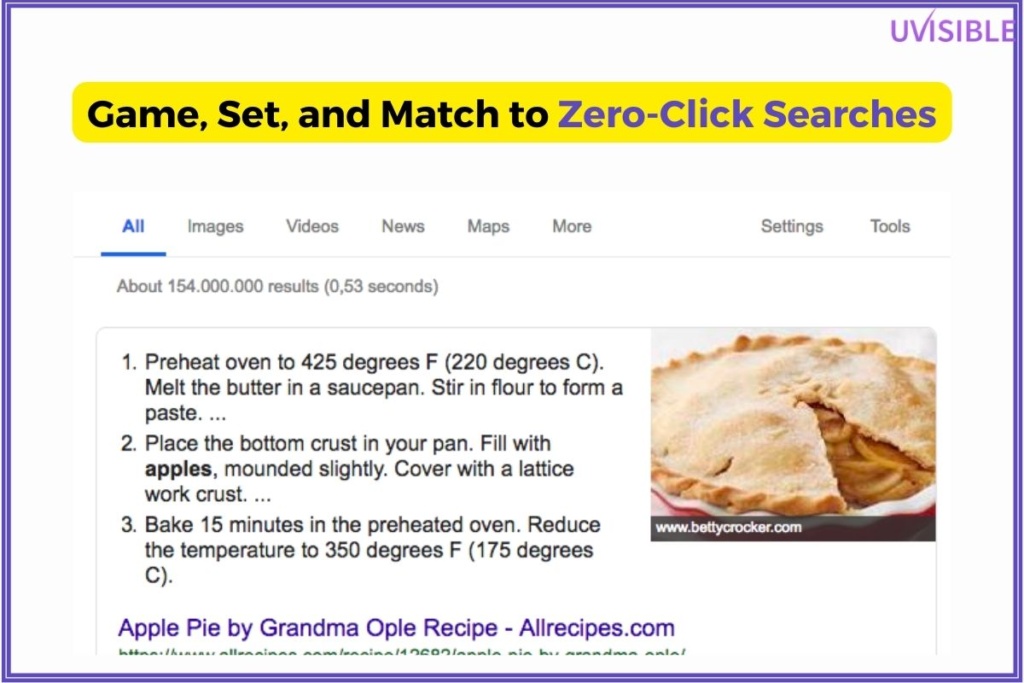
Recent years have seen a meteoric rise in the use of “zero-click” search queries. Continuous scrolling is likely to raise the searches by more than 70% if the user does not click a link.
People may not click on results for a variety of reasons, but one of the most common is because they’ve gleaned all the information they needed from the rich results or meta descriptions.
More zero-click searches might be the outcome of continuous scrolling if it enables the addition of more sophisticated features.
Lucrative Opportunities
Continuous scrolling on mobile has been used in part because it enhances the user experience. It’s simple to click the “see more” link on a desktop computer.
But it doesn’t imply the desktop experience will remain unchanged.
Therefore, the main reason why Google has introduced this feature on the desktop as well is to bring out positive outcomes, such as greater ad income and enhanced UX.
How SEO can Adapt to Continuous Scrolling?

Every grey cloud comes with a silver lining, similarly, continuous scrolling through its challenges has further increased the bar and raised the importance of SEO for eCommerce sites or any other sites, because now it’s all about quality vs. quantity, and how you can compel users to click your product, service, or articles.
So, to adapt yourself to continuous scrolling you need to keep in mind the following things:
Data is the Key!
Data is the backbone of any SEO strategy.
As SEO professionals you need to focus on data gleaned from Google Analytics or Google Search Console such as traffic, bounce rates, and time on page, as it may be essential to understand user behaviour.
Furthermore, you can also view your page’s position in the search results and the percentage of visitors that clicked through to your site.
Continuous scrolling might be to blame for a portion of the erratic behaviour you’re witnessing in your desktop CTR.
So you should just don’t stand by and let this happen; instead, consider alternative strategies for increasing your click-through rate.
Optimization Time
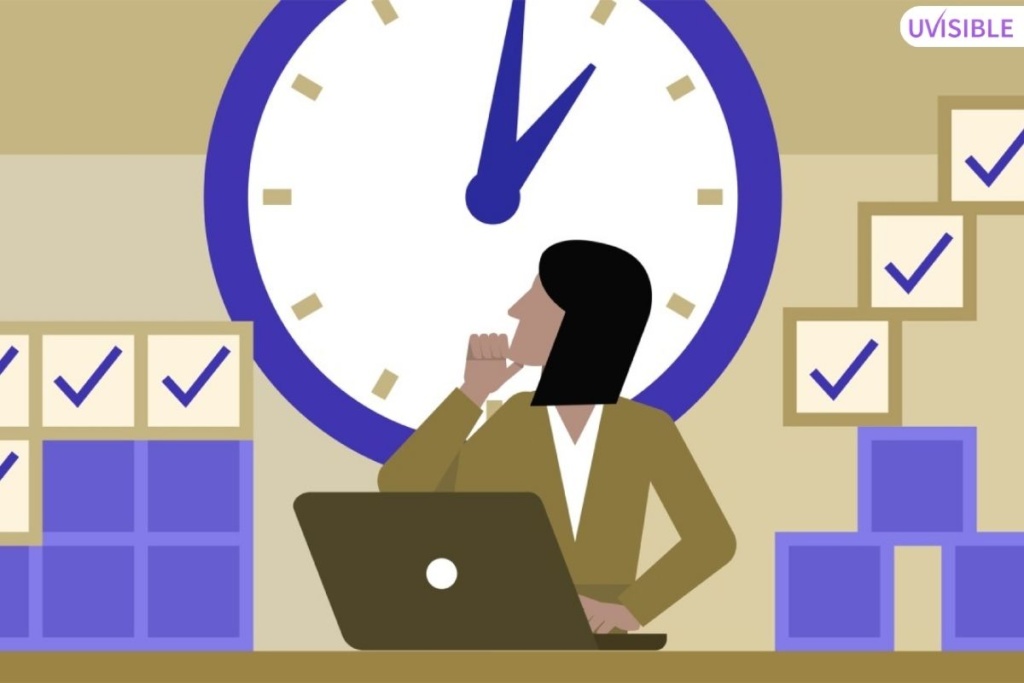
As an seo outsourcing company , if you are wondering can a website be optimized for continuous scrolling?
The answer is a ‘FIRM YES’!
Though, it can be a tedious process. But, it’s easy if done in stages, and one way to do this is by using proper schema markup.
Schema acts like a language, allowing you to convey to search engines the nature of your pages and the information you deem most crucial.
Better performance in highlighted snippets, local results, and frequently asked questions may be achieved by proper Schema markup.
Make your Titles and Descriptions Relevant and Keyword Rich
There will be greater competition for clicks, so you’ll need to make the most of the space you have. Improving your titles and meta descriptions is a must for normal search engine results.
Although it’s tempting to get caught up with the abundance of outcomes, users are still primarily interested in a rapid way to acquire information.
The correct title and meta description can give readers confidence that they will receive the promised information.
You need to be at your absolute best when it comes to capturing user attention, matching user intent, and boosting user confidence through your content, product, or service.
Keep an Eye on the Latest Scrolling Developments

The practice of endlessly scrolling has been around for quite some time, especially on social media.
Apps are more likely to include this feature because they are optimised for mobile devices, but that doesn’t mean it won’t catch on with websites.
Continuous scrolling may provide a marginally better user experience (especially on mobile), but it has its drawbacks. Even if it is executed well, it doesn’t provide much of an SEO boost.
So, as an SEO expert, you need to be prepared with your best SEO tools and AI-content writing tools to make yourself updated about such trends and use them to your advantage so that your client can seamlessly generate more leads and cater to more traffic and clicks, irrespective of their position on SERP.
People are Asking! Just Answer Them
‘You have to learn the rules of the game and then you have to play better than anyone else’, this saying stands quite appropriate in this scenario.
As Google’s rules must be followed, if you want to gain a significant rank, impression, clicks, and leads.
Even, if Google makes the ranking factor redundant, you still need to tweak your material to fit Google’s specific guidelines and able to stay firm in the hierarchy of relevance.
One method that has shown to be fruitful in the same is by targeting the “People Also Ask” (PAA) questions presented in response to a search query.
Some of these make you wonder if searchers, make such grammatical errors, or if the algorithm is just showing possible inquiries in the most convenient and context-aware way.
So, the good news for SEO professionals is there are a plethora of questions they can answer by simply looking at the keyword rankings and being able to attract more traffic, despite the introduction of continuous scrolling.
Make the Best Use of Attention Span

Did you know? By incorporating videos, a user will stay on your site for an extra 2 minutes, on average.
In the era of continuous scrolling, these ‘extra 2 minutes’ a user spends on your site are nothing less than gold. It gives you the edge to build a customer relationship and comfort the user with your UX.
With continuous scrolling in action, you need to understand that the user will be in a continuous motion of scrolling, so, the complete onus is on you, how you make them stop to your website.
Whether it’s by attractive images, catchy titles, relevant and crisp meta descriptions, on-point FAQs, or resourceful videos.
And, for all these elements to be incorporated, SEO strategies have to be detailed and exclusive.
Summing Up!
The impact of continuous scrolling is going to be huge. First on mobile, now on desktop, this feature of Google will make the life of a user easy and profoundly increase their experience on SERP.
But, from an SEO point of view, it could be a lull before a storm.
Similarly, you have to adapt your websites or webpages in a way that Google wants, by making them more attractive, and informative, and adding value to the life of the users.
And, the best way to do this is by applying effective SEO techniques and strategies.
So, what are you waiting for? Take advantage of Google’s Continuous Scrolling to its fullest and see your website’s traffic soar with the help of Uvisible’s expert SEO team. If you want to increase your search engine presence and attract more customers, CALL US RIGHT AWAY!
About us and this blog
We are a digital marketing company with a focus on helping our customers achieve great results across several key areas.
Request a free quote
We offer professional SEO services that help websites increase their organic search score drastically in order to compete for the highest rankings even when it comes to highly competitive keywords.
Subscribe to our newsletter!
More from our blog
See all postsRecent Posts
- How to Create Effective Location Landing Pages for Local SEO March 12, 2025
- AI is Taking Over SEO – Adapt Now or Disappear from Search! March 7, 2025
- Maximize Your Reach with Google Discovery Ads March 1, 2025

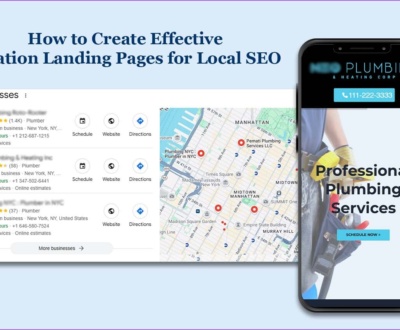


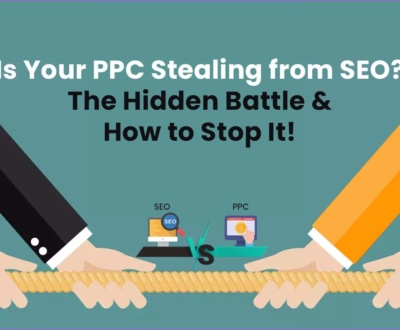


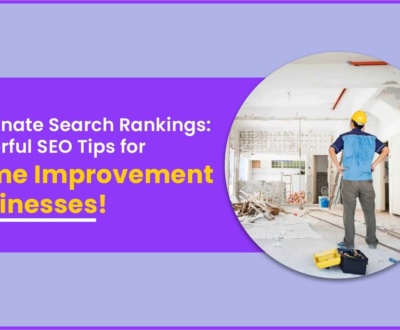
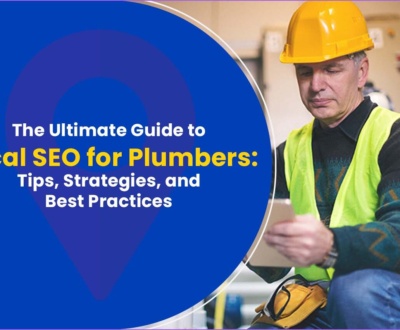
Pingback: How has Google I/O 2023 Changed the Game for Search Generative AI? - Uvisible
Pingback: Experts on ChatGPT: Is AI Really Taking Over? - Uvisible